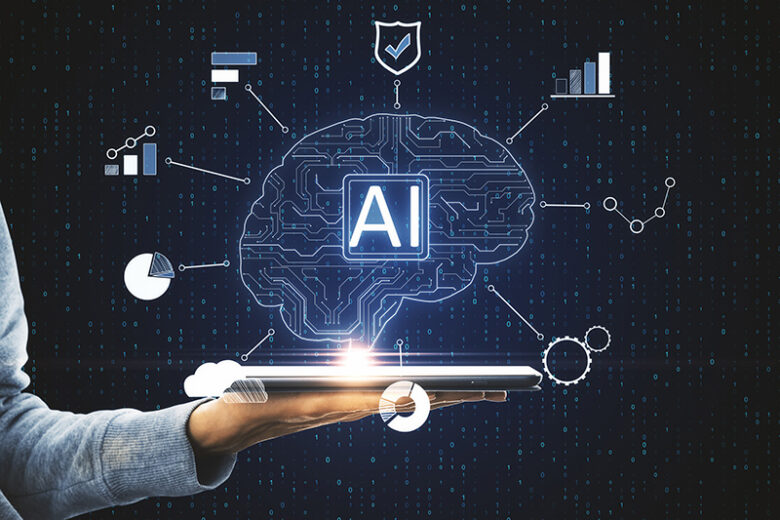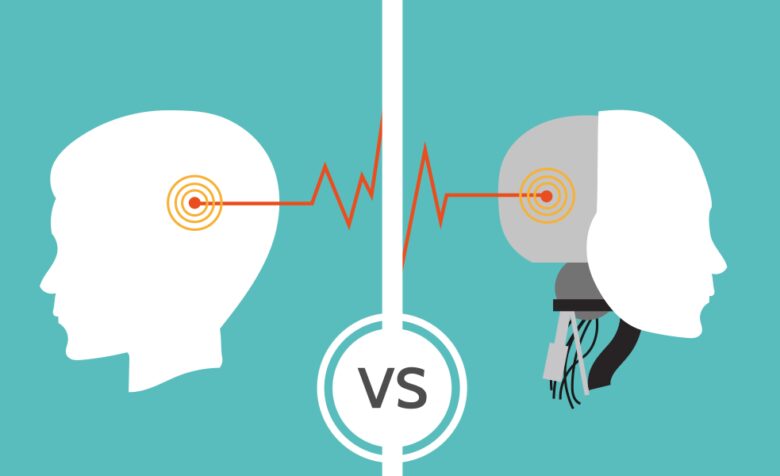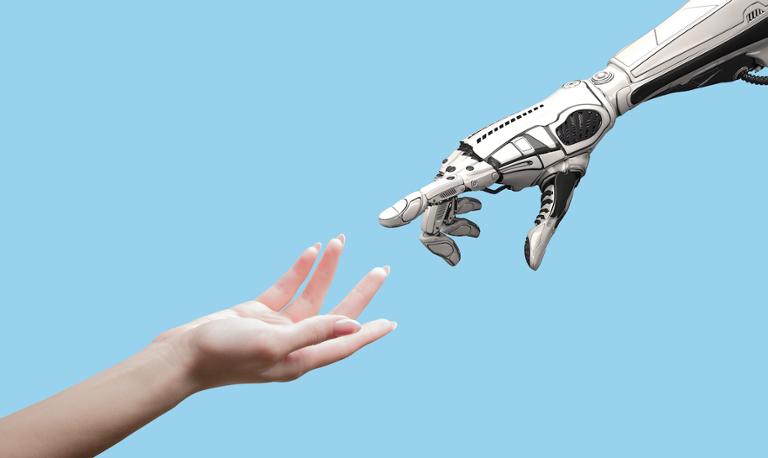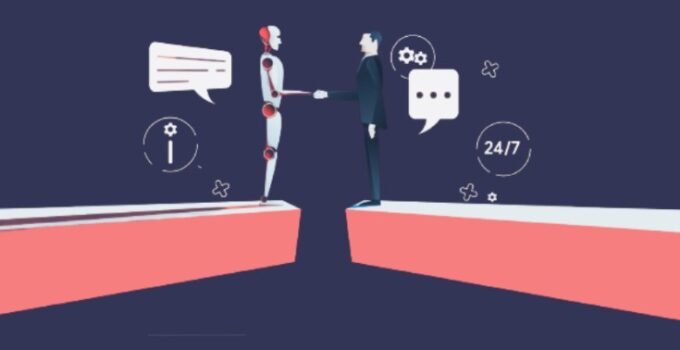Transcription services involve converting speech, audio, or video recordings into written text format. This is usually done by human transcribers or using speech recognition software. Transcription services are widely used in various industries such as legal, media, medical, and academic for purposes such as documentation, captions for videos, subtitling for films, and research.
Human transcription services are preferred for high-quality, accurate, and sensitive information that requires manual review and attention to detail. On the other hand, speech recognition software is a cost-effective alternative for large volumes of audio, but may not provide the same level of accuracy as human transcription.
Main Types

Source: freepik.com
There are different types of transcription services including verbatim, edited, and summarized. Verbatim transcription includes all speech, including filler words, false starts, and pauses. Edited transcription involves cleaning up the text to improve readability, while summarized transcription provides a condensed version of the recording’s content.
Transcription services can also cater to specific industries with specialized needs such as medical transcription services that require knowledge of medical terminology, legal transcription services that require experience in legal proceedings, and media transcription services that involve transcribing audio and video content for media production.
Nuance and clarity play a critical role in a transcript. If your reader can’t understand the written texts or your content has misspellings, the intended message might be unclear, inaccurate, or diminished in meaning. And incorrect information can lead to a loss of sales and even trust in your business – both have enormous consequences.
AI and human transcription can convert your audio or video to text. But do you need AI to get it right, or can humans do just as well? So, to help you choose, we will compare these two types of transcription services.
Let’s chat!
What Is Artificial Intelligence (AI) Transcription?

Source: forbes.com
Machine (AI) transcription uses voice and speech recognition technology to convert audio and video files into a text format. Like other machine-automated processes, it takes less human effort and time. Unfortunately, its accuracy doesn’t meet the 99% accuracy threshold needed for compliance guidelines.
AI transcription is better for you if you want transcription inexpensively and fast. However, it can be less accurate than human transcription. Undoubtedly, human transcription is better for you if you need 99% accuracy.
What Is Human Transcription?
Human transcription involves real people listening to an audio file and manually converting it into text format. Industries like legal, academic, business and others require high-quality services with high speed, timeliness, and accuracy. Though, conventional human transcription remains the only way to guarantee incredible output with over 99% accuracy. Human transcriptions can also offer the following:
- Speaker identification
- Foreign language translations
- The inclusion of descriptive explanations that surpass speech-to-text-alone
This method has pros of integrity and accuracy but can be time-consuming and involve strenuous human effort.
Let’s look into factors to consider when comparing AI and human transcription.
Factors to Consider When Comparing AI and Human Transcription

Source: youtube.com
Let’s look into factors we should consider when comparing these two services. That way, you will be able to know what to expect regardless of which one you choose.
-
Accuracy
Transcription tools can transcribe any recording with audible speech into transcripts quickly. However, if there are several speakers, the software starts having trouble identifying who is who. AI transcription also has challenges identifying crosstalk, heavy accents, unintelligible speech, and background noises.
Human transcriptionists are trained experts who can understand different accents and dialects and figure out every tone, voice, and all utterance. Therefore, human transcription is the best choice for the utmost accuracy.
-
Key Specifications
Machine transcription typically has a fixed format for transcripts, which is different for every program. So when using AI, you must edit the transcripts manually to include specifications in the file. On the other hand, human transcriptionists can implement specifications per your requirements, like special templates, labeling speakers a certain way, and unique formatting. Also, highly experienced transcriptionists can transcribe the same audio even if it has multiple languages.
-
Type of Transcript
It’s easy to get automated transcripts. Just upload the file into the tool, and you’ll get the transcript in less than a minute. Automatic transcription provides verbatim transcripts. So, if you’re looking for verbatim transcripts, then using AI is practical.
However, human transcription is the best option if you need non-verbatim transcripts. It can produce impressive transcripts that meet your requirements.
-
Speed
Machine transcription is fast; it can take less than a minute to produce the transcript. But speed might compromise accuracy. So, if you have enough time and want the utmost precision, human transcription is your go-to option.
When and Why Do You Need Transcription Services?

Source: schmitzmuck.com
People, businesses, and organizations seek reliable transcription services for the following reasons:
-
Academic Research
Scholars use transcriptions to analyze their research data, which makes its interpretation simpler. Having a transcript helps a researcher read and interpret their field notes and interviews better and provides consistency, accuracy, and straightforwardness.
-
Court Proceedings
Court proceedings recorded by stenographers or professional court reporters are one well-known example of legal transcription. Interrogations, depositions, legal files, jury instructions, wiretaps, and conference calls are other examples that require transcription.
-
Improved SEO
Search engines can’t “watch” videos. So, transcribing the audio files makes it simpler for them to index the content and make them searchable.
-
Education
Transcribed lectures and instructional demonstrations are more accurate, avoiding misinformation and confusion. Professors and students can also use transcriptions to point out or highlight specific parts of the lesson, making it easier to absorb information.
-
Health Care
Medical transcriptions help healthcare institutions maintain patients’ medical records, which physicians use to treat patients in the future. It can assist in developing a treatment plan and performing quick follow-ups on tests.
-
Improved Customer Service
Many call centers transcribe phone conversations to help train recruits or keep track of customer concerns, reviews, or complaints.
Always Choose the Human Over the Machine

Source: dice.com
Machine transcription is increasing, but it isn’t ideal for every situation. AI transcription might be for you if you’re on a budget and need a quick transcript. However, human transcription is likely the best choice if accuracy is your concern. There is no substitute for human intelligence—at least not yet!
There is GoTranscript.com that can care for all your transcription needs in a precise, affordable, and timely manner. You can rest assured that they’ll complete your transcription accurately and quickly.




